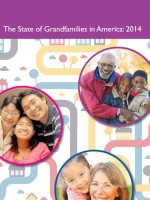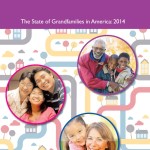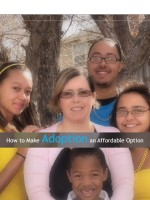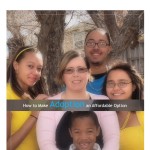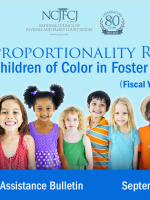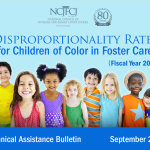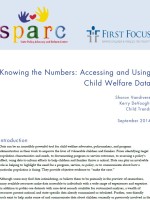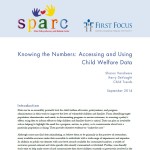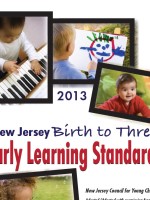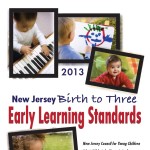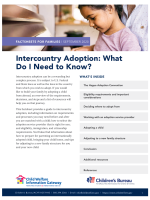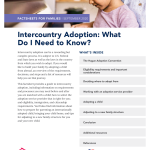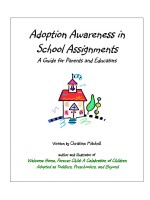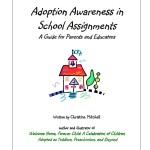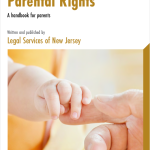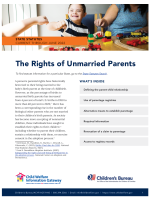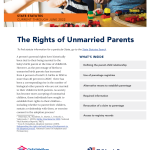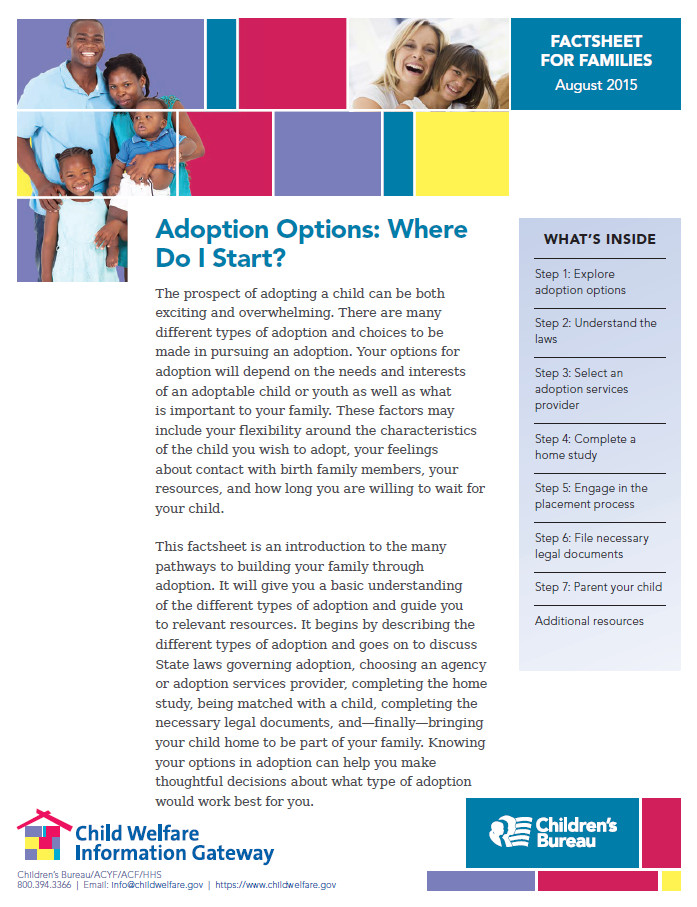
The prospect of adopting a child can be both exciting and overwhelming. There are many different types of adoption and choices to be made in pursuing an adoption. This factsheet is an introduction to the many pathways to building a family through adoption. It provides a basic understanding of the different types of adoption and guides readers to relevant resources. It begins by describing the different types of adoption and goes on to discuss State laws governing adoption, choosing an agency or adoption services provider, completing the home study, being matched with a child, and completing the necessary legal documents.
Revised 2015

